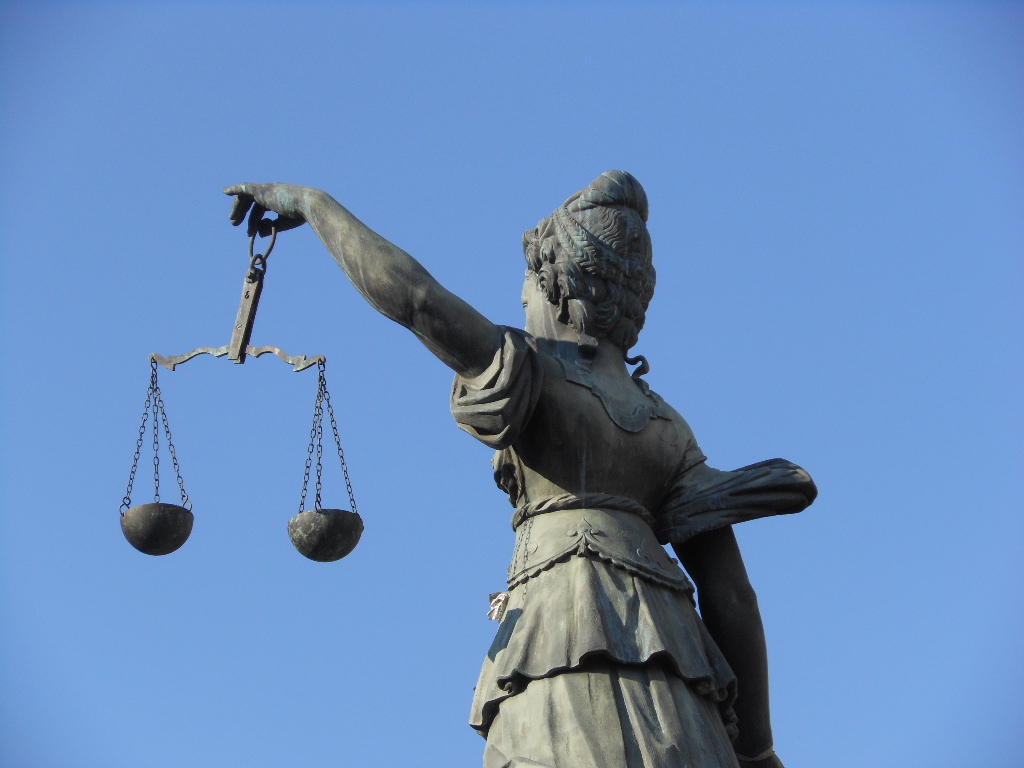When my organization opened its doors 20 years ago, the new post-Soviet world order was just coming into being. The Cold War had ended. The Eastern Bloc was rapidly opening up to political and economic development. Public interest lawyers like those we supported eagerly stepped forward as part of a broad effort to develop the rule of law and democratic institutions in these formerly closed societies.
One of the countries where we worked is Hungary, where a Western-style modified constitution was adopted in 1989, and as important, a Constitutional Court was established in 1990—one of the first of its kind in Eastern Europe. These features made Hungary ripe for developing the rule of law. Our efforts and those of other civil and human rights organizations that intervened in Eastern Europe in the late ‘80s and early ‘90s delivered measurable successes relatively quickly. Many new human rights lawyers cut their teeth there, while others took up their cause in Central America, Africa, and later the Middle East.
In the age of globalization
Today, extreme wealth concentration has reached levels not seen since the Gilded Age—the latest figures showing that eight hyper-rich individuals own as much wealth as the poorest 50% of the world. In the United States alone, incomes at the bottom 50% have stagnated in the last 30 years while top incomes have grown by 300%. In developed economies, this has further fueled a populist, anti-establishment backlash by those who see themselves as the losers of globalization.
Michael Coghlan/Flickr (Some Rights Reserved)
At a time when many public interest and social justice advocates feel disillusioned and in despair, it’s time to rediscover the law’s immense potential.
That is the environment in which we operate. While it has always been an uphill battle for social justice advocates, today the tools we wield to do battle are not always capable of addressing the injustices that vulnerable communities or societies experience. Tools like strategic litigation and “naming and shaming” were particularly effective when aimed at states seeking greater democratic legitimacy in the second half of the 20th century. Now it is necessary to look for new, more effective legal advocacy tools for the 21st century.
Public interest lawyers have historically used a powerful, but limited, part of what law can offer—a relatively narrow range of legal tools that mainly seek redress. By contrast, the private sector has taken advantage of the breadth of law’s potential to protect client interests and minimize their exposure to risks. Corporate lawyers, in particular, provide an indispensable service to their private clients by mastering the practice of identifying risks and potential liabilities in matters from financing to incorporation, compliance to taxation, and so on.
New tools to serve the public interest
Public interest lawyers have historically used a powerful, but limited, part of what law can offer.
We must now seek innovative ways to put the specialized skills of corporate lawyers into the hands of public interest lawyers. Organizations like mine that seek to train and empower social justice advocates have to do a better job of teaching them to mine and harness the legal expertise and experience that is already available within all societies. A new generation of public interest lawyers who are capable of operating “transactionally” can provide timely legal assistance by scrutinizing contracts, budgets, and regulations at the negotiating table or planning stage—while the decisions are being made.
This is not just a matter of leveling the playing field on both sides of a transaction—it is about producing better and more sustainable outcomes by anticipating and managing uncertainty and avoiding potentially undesirable impacts. For example, communities facing land-grabs or threats to their environment by large development projects may not be best served by public interest lawyers who only marshal rights-based arguments, in part because claims are more often invoked after an abuse has already been committed. The time to protect the interests of vulnerable communities is before an injustice occurs and that requires having a seat at the deal-making table, just as corporations and their lawyers do.
Of course, securing such inclusion isn’t easy. But learning to speak the right language—actually, risk language—is an essential part of empowering a new generation of public interest lawyers to protect and advance the health and resilience of their societies.
A stronger civil society
Using these new tools to better manage risk can also protect public interest advocates themselves. In sovereign states’ bid to assert domestic authority in the era of globalization, some states are weakening democratic institutions in favor of a new authoritarianism. Those crackdowns have hit civil society hard, especially associations and organizations advocating a check on state power. As a community, we have encouraged courageous lawyers to stand boldly against government and corporate interests that conflict with the public’s interest. The results have been impressive at times. At other times that approach has isolated advocates from the rest of society. Restrictive laws—new and so complicated that even governments’ and their officials don’t know how to implement them—demonize advocates as “undesirable foreign agents” and threaten them with politically motivated, trumped-up bureaucratic charges. When advocates are better connected and engaged with their larger community, including the private sector side of that community, they are less likely to be marginalized and threatened.
At a time when many public interest and social justice advocates feel disillusioned and in despair, it’s time to rediscover the law’s immense potential—after all, it is still working very well for some. The paradigmatic wall that separates lawyers into two camps—private and public—is a barrier to the possibilities and a threat to the health and resilience of our societies. It is now time for all of us to work together to knock down this wall, much like we did when the one dividing Europe fell more than 20 years ago.

